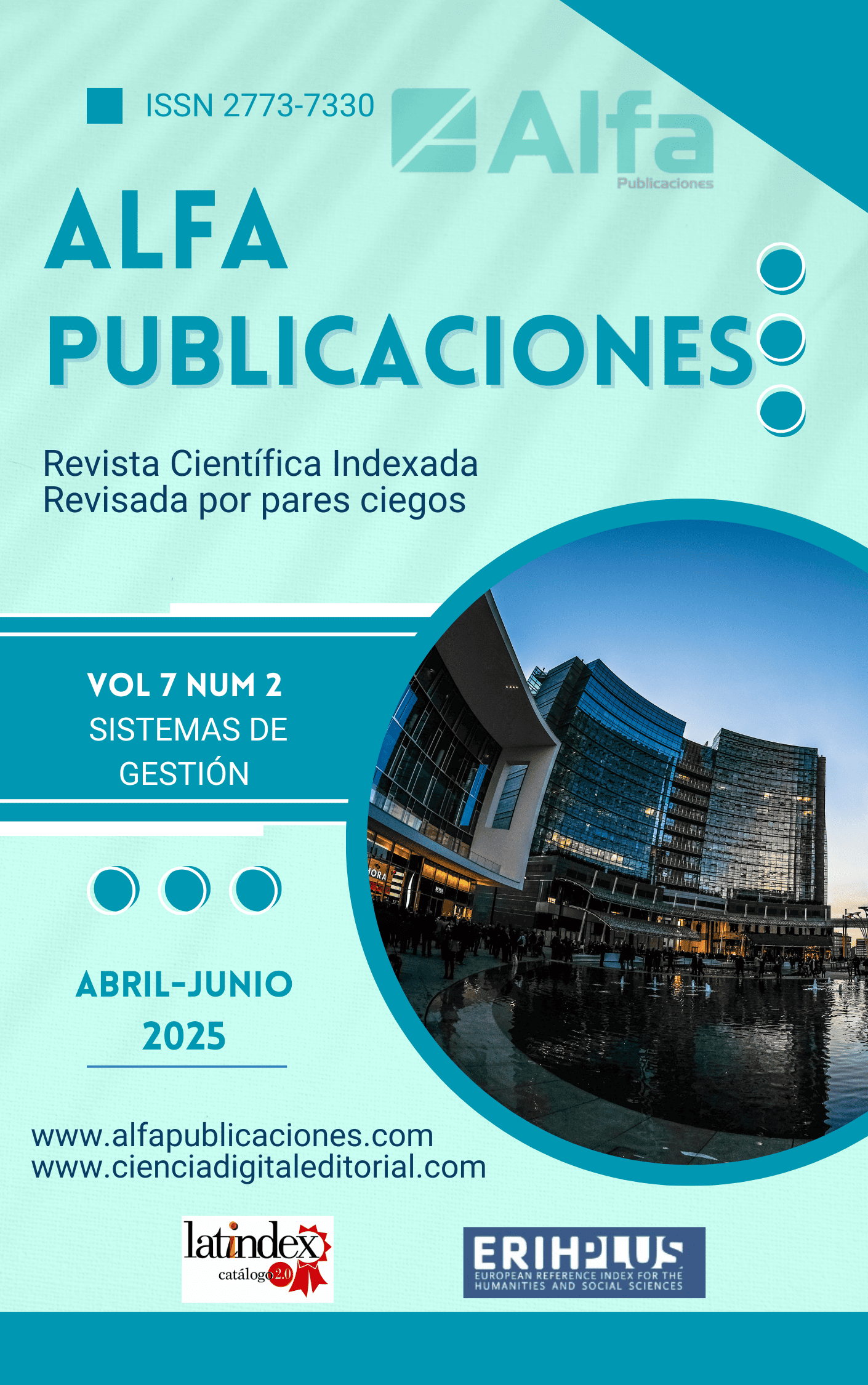Biophilic design patterns in architecture. Contributions to energy performance and user well-being. A systematic review
Main Article Content
Abstract
Introduction. The exponential growth of cities has triggered significant inequalities and put the sustainability of urban development at risk. This phenomenon has led to a growing disconnect between urban dwellers and their natural environment. At the same time, millions of people live in densely populated areas with inadequate conditions, reflecting the lack of an accessible and environmentally friendly urban model. The expansion of cities must consider strategies that allow a balance between development and environmental preservation, prioritizing solutions that guarantee a healthier and more sustainable lifestyle for all. Objective. The objective of this paper was to identify biophilic design patterns in architecture by evaluating the potential for energy efficiency and user well-being that these patterns have in buildings. Methodology. A systematic review of the existing scientific literature between 2015 and 2024 was conducted. To achieve this, the PRISMA method was used. The search was carried out in digital journals through databases such as Scopus, Web of Science, Science Direct, Taylor & Francis, Pro Quest and Google Scholar for articles on energy efficiency and user well-being in the application of biophilic design patterns. Results. Of the 164 articles reviewed regarding biophilic design patterns in architecture and their contributions to energy performance and user well-being, 32 were selected, which address the application of biophilic design patterns. Conclusion. By uncovering the connection of biophilic design patterns, it becomes clear that their integration has emerged as a response to the demand for resource efficiency and the challenges of climate change. Adoption biophilic design is a key necessity for mental and energetic well-being. General Area of Study: Architecture. Specific area of study: Constructions with a mention in sustainable construction management. Type of study: Bibliography Review.
Downloads
Article Details
dssfdsf
dsfdsf

